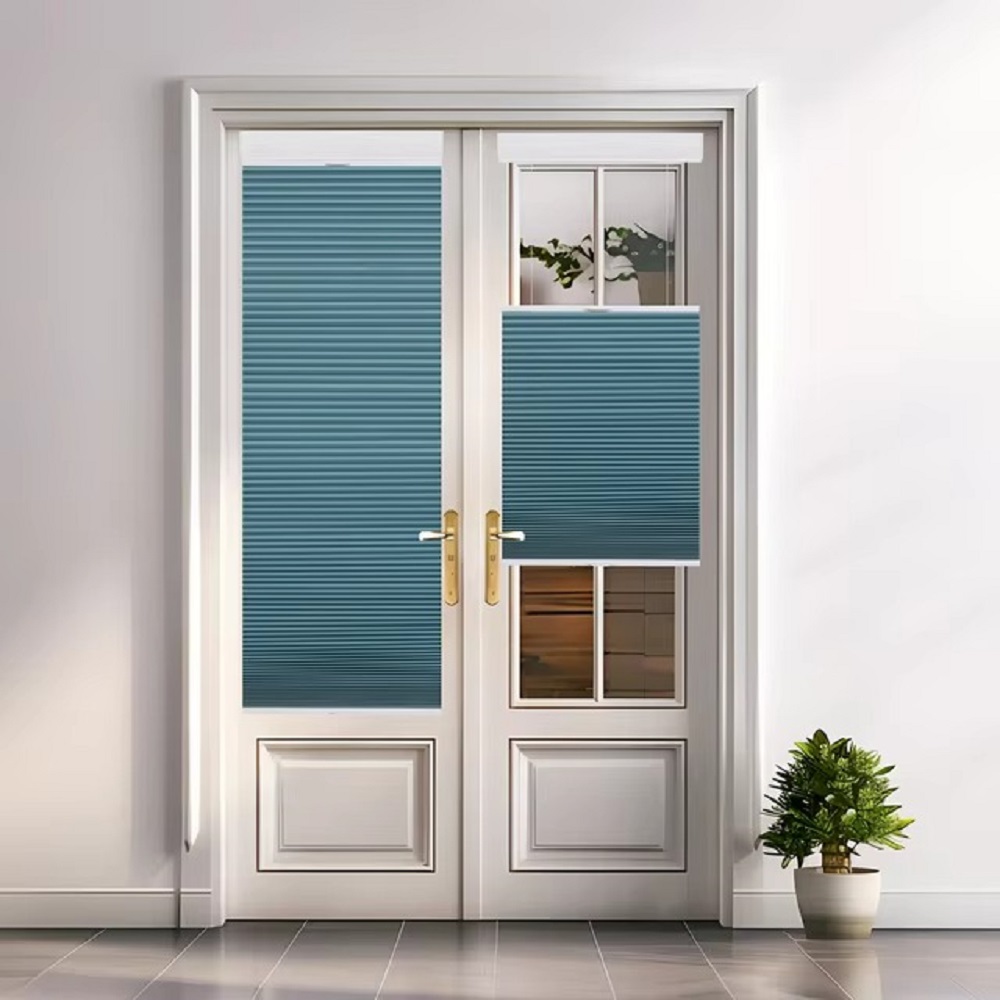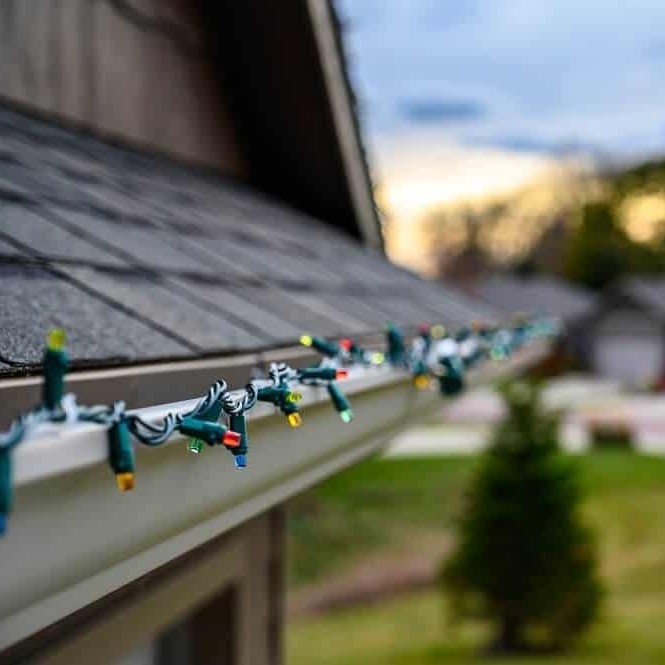Keeping your home tidy and well-maintained can sometimes feel like a daunting task, especially when it comes to cleaning blinds. You might think that removing them is the best or only way to ensure they get a thorough clean, but in reality, there are effective methods to maintain blinds without removal. This guide provides you with top tips to clean and maintain your blinds effortlessly, enhancing the aesthetics of your home and prolonging the life of your window treatments.
Understanding Different Types of Blinds
1.1 Vertical Blinds
Vertical blinds are a popular option for sliding glass doors and large windows. They consist of vertical slats that can be tilted open or closed, and they typically require different cleaning techniques than other types. To clean vertical blinds without removing them, you might consider using a microfiber cloth or a vacuum attachment. Regularly dusting these blinds will keep them looking fresh and prevent dirt buildup. Ensure you lift each slat gently to capture any hidden dust or debris, as well as to avoid bending or damaging the slats.
1.2 Horizontal Blinds
Horizontal blinds, including Venetian and mini-blinds, often accumulate dust on their horizontal slats. In cases where deep cleaning is needed, a damp cloth can be used, provided the material is water-resistant. Use a ladder if necessary, and start from the top slat, working your way down to minimize dust falling on already cleaned surfaces. Additionally, utilizing a feather duster can be a great way to reach and clean difficult areas without removing the blinds.
1.3 Fabric Blinds
Fabric blinds, such as roller shades or Roman shades, require a more delicate touch since excessive moisture can damage the fabric. Lightly vacuum with an upholstery attachment to remove dust. For stains, use a cloth dampened with a mixture of mild detergent and water, but always check fabric care labels to prevent damage. Ensure you allow fabric blinds to dry completely to avoid mildew formation and maintain their appearance.

Essential Cleaning Supplies for Blind Maintenance
2.1 Microfiber Cloths
Microfiber cloths are an essential tool in your cleaning arsenal. They are highly effective for capturing dust without leaving lint behind. Microfibers are soft enough to use on delicate surfaces and can easily be washed and reused multiple times. When cleaning your blinds, wrap a microfiber cloth around your hand and gently wipe each slat, ensuring you reach both the front and back surfaces. This method keeps your cleaning efforts efficient while minimizing dust disturbance.
2.2 Vacuum Cleaners with Attachments
Vacuum cleaners equipped with attachments designed for dusting are perfect for cleaning blinds without removal. They remove dirt and dust effectively without the need for water or chemicals. Use a brush attachment or a soft dusting extension to lightly go over each slat. Some vacuums come with specialized blind cleaning tools that can reach more than one slat at a time, making the process quicker. Always ensure your vacuum is clean and functioning well to avoid redistributing dust into your home atmosphere.
2.3 Cleaning Solutions
While some blinds can be cleaned with just water, others might require a specific cleaning solution. For wooden or faux-wood blinds, a mild solution of vinegar and water can be effective without causing damage. For fabric or soft shades, always test any cleaning solution on a small, inconspicuous area before applying it to the whole surface. Additionally, avoid bleach or harsh chemicals that could damage the blinds. Proper cleaning solutions can help lift stubborn grime and keep your blinds looking pristine.
The Importance of Regular Maintenance
3.1 Establishing a Cleaning Routine
Establishing a regular cleaning routine is vital for maintaining the look and function of your blinds. Try to integrate blind cleaning into your general home cleaning schedule, perhaps monthly or bi-monthly, depending on the dust levels in your environment. This habit will not only save time during deep cleaning but also significantly reduce the amount of dust that accumulates. Regular care helps prevent allergens from building up and maintains the aesthetic of your blinds.
3.2 Assessing Environmental Factors
The environmental conditions of your home can significantly impact how frequently your blinds will need cleaning. If you live in an area with high humidity, dust, or pet dander, consider cleaning your blinds more frequently. Those with allergies should pay additional attention, as dust accumulation can exacerbate symptoms. Monitoring the cleanliness of your blinds can help maintain indoor air quality, making it important to adapt your cleaning approach based on changing environmental factors.
3.3 Using Air Purifiers
One of the more indirect methods of maintaining clean blinds is by investing in air purifiers. Air purifiers can reduce the amount of airborne dust and allergens in your home, subsequently decreasing the frequency with which you need to clean your blinds. While they won’t replace the need for physical cleaning efforts, they can contribute significantly to a cleaner environment, making maintenance less of a chore in the long run.
Quick Cleaning Methods for Different Blind Types
4.1 For Vertical Blinds
Vertical blinds can be quick to clean without a full removal. A damp microfiber cloth can be used to wipe each slat from top to bottom, while a vacuum with a soft brush attachment can finish the job efficiently. This approach ensures that vertical blinds retain their function and appearance with minimal effort. Additionally, turning the slats in different directions during cleaning ensures that all surfaces are reached, as dust tends to accumulate more heavily on the edges and corners.
4.2 For Horizontal Blinds
Horizontal blinds often require a slightly different technique. To clean them effectively, tilt the slats upward, and wipe the tops with your microfiber cloth, followed by a downward motion on the undersides. This technique helps in capturing more dust, especially if done regularly. Insert a soft cloth or duster between the slats to clean those hard-to-reach areas. If you have painted wood blinds, consider adding a touch of distilled water with a few drops of dish soap to your cloth for added cleaning power.
4.3 For Fabric Blinds
Maintaining fabric blinds requires more care. Regularly vacuum your fabric blinds using the upholstery attachment to remove surface dust and debris. For spot cleaning, mix a gentle fabric-safe cleaning solution and test it on an inconspicuous area of the blind. Use a soft cloth to dab the area rather than rub, as this can damage delicate fabrics. Ensuring proper air circulation around fabric blinds can also reduce moisture accumulation, an important factor in maintaining cleanliness.

Tips for Deep Cleaning Your Blinds
5.1 Using the Bath Method for Wooden Blinds
For wooden blinds that have accumulated grime, you might want to consider a deep clean. One effective method is the bath method. Fill a bathtub or large basin with warm water and add a few drops of mild dish soap. Remove the blinds from their brackets and submerge them in the soapy water briefly, allowing dirt to loosen. After soaking, rinse them with clean water and allow to air dry completely. This method is highly effective but should only be used for durable materials.
5.2 Steam Cleaning Options
Steam cleaning can provide an excellent deep clean for certain types of blinds, especially fabric ones. Utilizing a hand-held steamer, you can blast away dirt and allergens embedded in the fabric without soaking it. For blinds made of plastic or vinyl, steam cleaning can remove stubborn stains effectively. Always test the steam method on a small section first to ensure that it doesn’t damage the material. Regular steam cleaning can refresh blinds and keep them looking new.
5.3 Professional Cleaning Services
If your blinds require cleaning beyond what you can manage at home, consider investing in a professional cleaning service that specializes in window treatments. Professional services typically have the equipment and expertise to handle various materials and types of blinds, ensuring they are cleaned correctly without damage. While this incurs a cost, periodic professional cleanings can extend the life of your blinds and help maintain the quality of your indoor air.

Conclusion: Maintain Your Blinds for Long-Lasting Beauty
Maintaining your blinds without removal doesn’t have to be a cumbersome chore. By using simple techniques and establishing a regular cleaning routine, you can ensure that your blinds remain free from dust and grime, contributing to a healthier home environment. By understanding the different types of blinds and their respective cleaning needs, you will be better equipped to handle any messes that come your way.
Remember to gather the necessary supplies, assess your cleaning routine, and utilize quick cleaning methods tailored to each type of blind. If needed, don’t hesitate to call in professionals for a more thorough clean every now and then. With these tips in hand, you can achieve effortless cleaning, giving your windows the care they deserve, and keeping your home beautiful for years to come.








